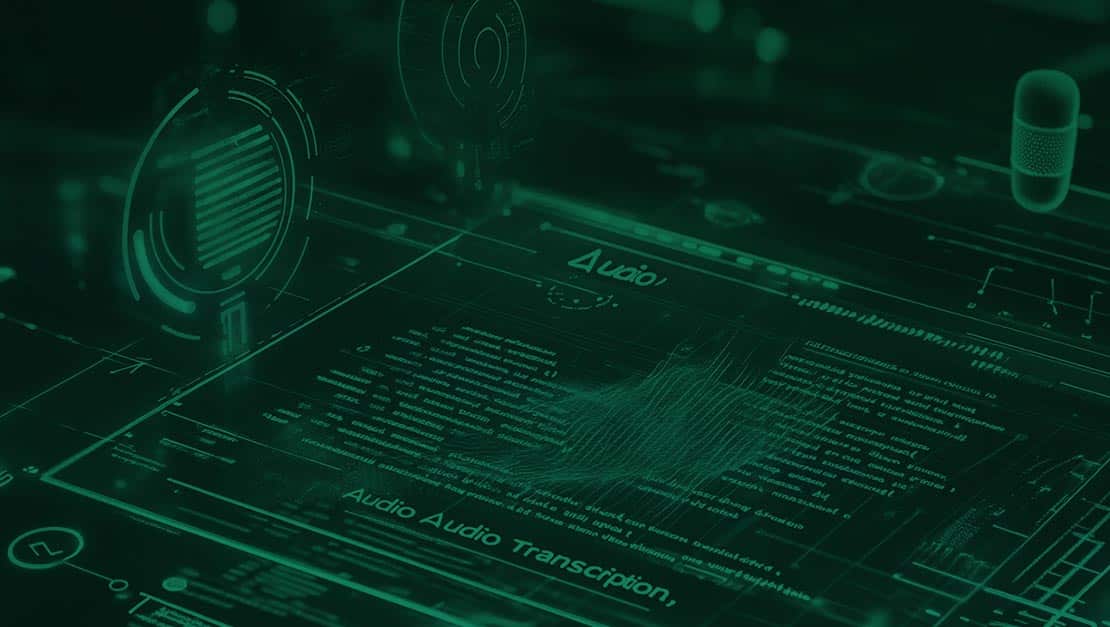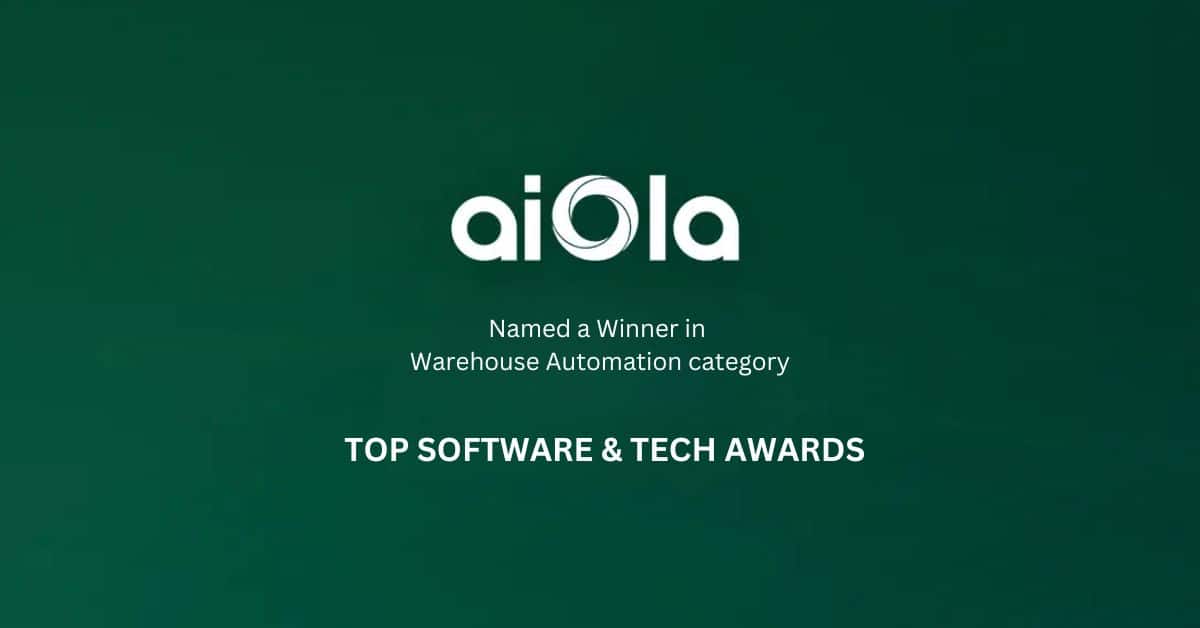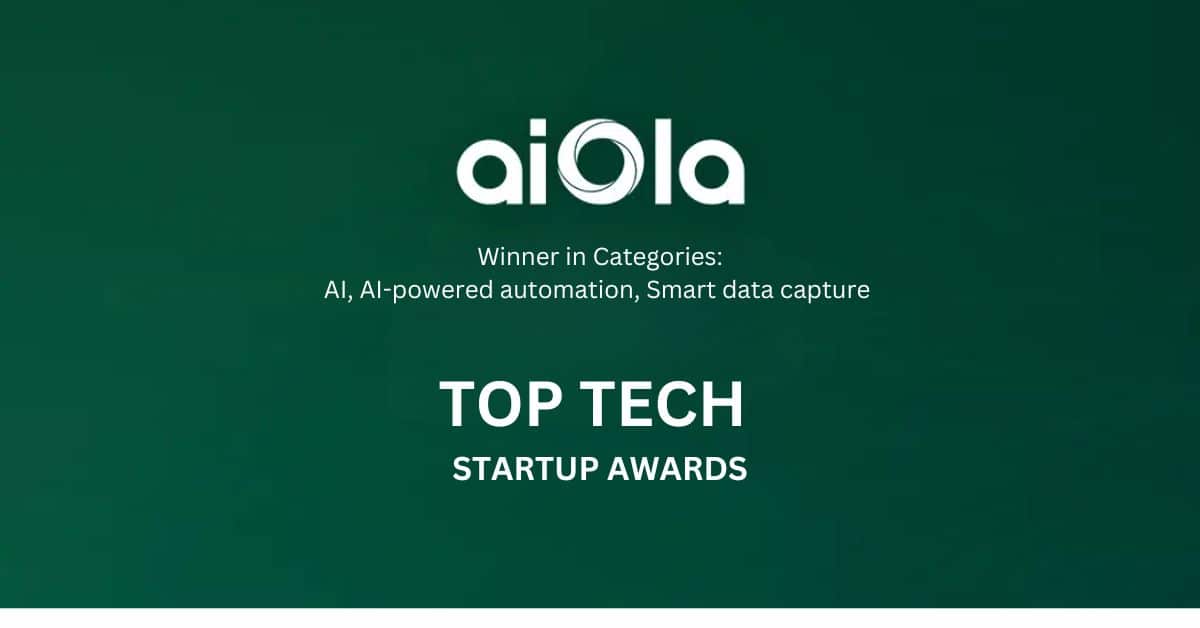Speaking is faster than typing, so when it comes to boosting efficiency in business, it’s a no-brainer why companies turn to speech-enabled solutions. When addressing the need to convert speech into text, you may find yourself questioning the difference between options for audio transcription versus automatic speech recognition software.
Which is better? Or more aptly, which is better for your business’ needs? We’re going to uncover how speech recognition software (like aiOla) can deliver more than audio transcription does, and what it all means for your business.

Brief Definitions: Audio Transcription vs. Speech Recognition Technology
Before we get into the nitty gritty details, features, pros, and cons of each type of software, let’s first define what they are from a top-line level.
Audio Transcription
Audio transcription is the process of converting speech captured in an audio file into written text. Humans, who are transcriptionists or scribes, are responsible for manually performing this task. Naturally, this can be time-consuming, expensive, and error-prone. If you’re looking to automate transcription, there are services that do so, but they have their limitations, which we will explore in the next section.
Automatic Speech Recognition
Automatic speech recognition (ASR) refers to software that can transcribe human speech into written text without manual intervention required. Automatic speech recognition works through a combination of artificial intelligence (AI) and machine learning (ML), in which spoken words run through algorithms and models to match what has been said. Each word is broken down into its sounds, or phonemes, which move through the models to deduce words as an output.
aiOla is an example of speech AI that is groundbreaking in its capabilities. Most notably, aiOla can understand business-specific jargon and acronyms without any need to retrain its models. In practice, this means that any business can implement aiOla on its existing devices, without having to worry whether or not the software will be able to understand and transcribe the vocabulary that is deeply unique to the business. As a result, frontline workers can execute processes by voice, rather than having to manually update checklists or write reports, thereby increasing efficiency, saving time, and reducing mistakes.

Audio Transcription and aiOla Comparison
As you can already see, automatic speech recognition could be a saving grace when businesses are faced with an immense volume of data, to-do lists, and the need to accurately capture spoken data.
Let’s dive into the differences between audio transcription and what aiOla can do.
Purpose and Use Case
- Audio Transcription: Audio transcription is often applied to take notes, translate audio, create subtitles, record data from legal, healthcare, and business meetings, and make content more accessible for anyone with hearing impairments. It’s turning speech into text, but there’s no “next action” associated with it, unless a human moves the transcribed text along to what may be needed from it.
- aiOla: aiOla’s speech AI captures otherwise lost data in business settings to aid workers in completing critical tasks more accurately and quickly. For example, across industries, employees can execute business processes via voice, and the software will collect the data in real-time. Not only does this help to fulfill tasks, but it also stores useful speech data that can be leveraged for insights. Most notably, aiOla is making waves in key industries, including: manufacturing, automotive, pharmaceutical, logistics, and more. Additionally, aiOla prevents bottlenecks from occurring and promotes collaboration between employees in different departments. Should an action be required, the responsible party will be notified in real-time to act upon whatever has been said. To exemplify, if a truck inspector notices a maintenance issue, the mechanical team will be notified right away, which helps to make a fleet manager’s job much more streamlined.
Contextual Understanding
- Audio transcription: Audio transcription services are a lot like leaving a voicemail. There’s no context required for what speech has come before or after the transcription recording ends. Keywords are irrelevant, and the software won’t have any expected responses ready to go. Rather, the software or the person, will listen to the audio and turn it into text as is.
- aiOla: aiOla is designed to listen for keywords and only relevant speech data for the purpose at hand. Even if multiple people are talking or there is background noise (which is common in business settings), the software will know how to tune into the language that is tied to the process at hand. There is a contextual understanding that is programmed into its language models.
Time & Cost
- Audio Transcription: Audio transcription can quickly add up, especially if you require it for a lot of recordings. It can be priced per-minute, per-hour, by subscription or per line. There are many variables that affect the price, including: the length of the recording, specialization required, desired turnaround time, and audio quality, to name a few.
- aiOla: aiOla is priced per use case, so you know upfront exactly what to expect.
Accuracy
- Audio Transcription: When relying on humans to transcribe audio, accuracy rates vary naturally. It can also be difficult to find trustworthy, reliable, and skilled transcriptionists who will be available when needed.
- aiOla: aiOla has shown to outperform top competitors with over 95% accuracy. (Learn more about how accuracy is measured and explore word error rates here). There’s no downtime when relying on aiOla to listen and transform speech into text.
Speed & Efficiency
- Audio Transcription: Audio transcription, especially when done manually, is slower than automatic speech recognition because it requires a person to listen and type each word.
- aiOla: ASR happens in real-time, which means that software like aiOla can help your business get more done without adding resources.
Scability
- Audio Transcription: Manual audio transcription is constrained by time and a human’s own working hours.
- aiOla: aiOla can scale with your business’ needs, without sacrificing quality or speed. Data in means action out, no matter how fast or often a person may speak to aiOla.
| Manual transcription | aiOla’s Speech AI | |
| Use Cases | Transform audio to text – common in legal, business, and healthcare settings | Transform audio into text, actions, and captured data – applicable in any industry to complete workflows quickly and efficiently |
| Contextual Understanding | No keyword spotting | Keyword spotting and context built into model |
| Time & Cost | Variable and grows with volume | Fixed per use case |
| Accuracy | Variable – skills-based | 95+% accuracy |
| Speed | Manual – slower | Automatic – real-time |
| Scalability | Constrained | Limitless |
The Bottom Line
While both transcription (manual or software-based) and aiOla are responsible for converting spoken words to text, aiOla’s automatic speech recognition brings its abilities to the next level. Not only can aiOla understand business-specific jargon, but it also captures otherwise lost data that can be applied for business insights.
By connecting systems, people, and workflows, aiOla transforms how employees can get work done. On the other hand, transcription services capture what has been said aloud to be stored in documentation. It’s a one-and-done, straightforward need, whereas aiOla’s use cases are limitless in application.








